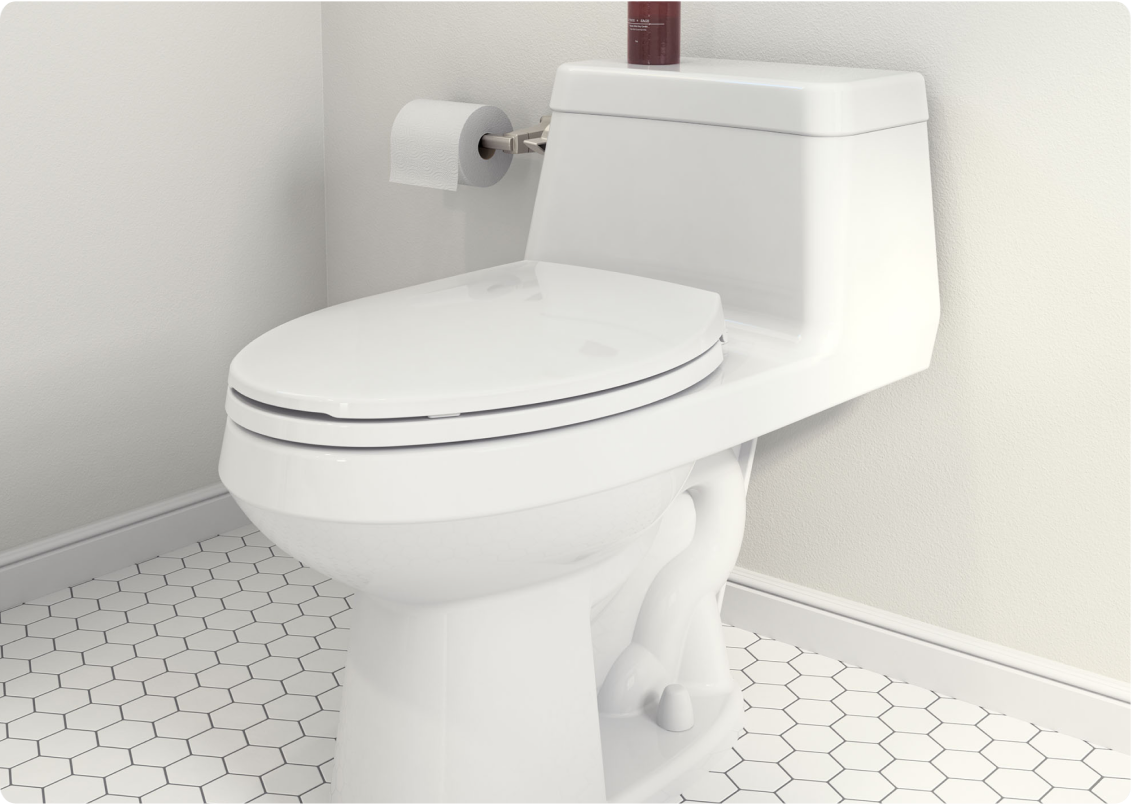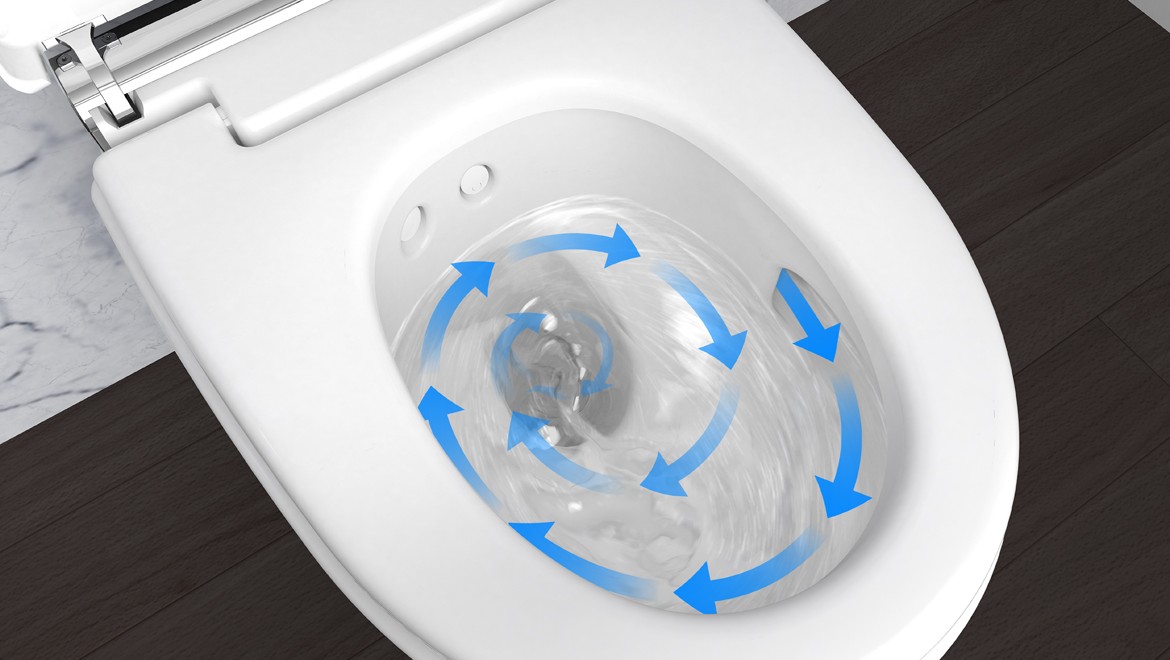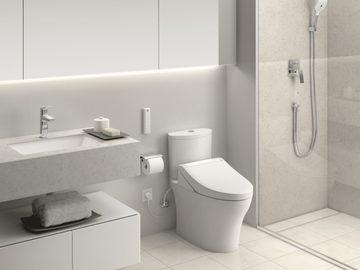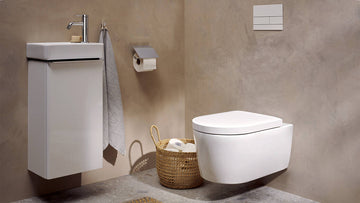In the quest for sustainable living, embracing water-saving toilets for green homes has become increasingly important. These innovative fixtures not only contribute to environmental conservation but also lead to significant savings on household water bills. For those in the Industry QA segment, understanding the mechanics, benefits, and implementation of these toilets is crucial. This article delves into the nuances of water-saving toilets, offering insights into how they can transform your home into a green haven.

Understanding the Mechanism of Water-saving Toilets
Water-saving toilets, often referred to as low-flow or high-efficiency toilets, utilize advanced technology to reduce water usage per flush without compromising performance. Traditional toilets typically use between 3.5 and 7 gallons per flush, whereas water-saving alternatives use as little as 1.28 gallons. The key to their efficiency lies in their design, which maximizes flushing power while minimizing water consumption.
One popular variant is the dual-flush toilet, which offers two flush options: a full flush for solid waste and a half flush for liquid waste. This adaptability allows users to significantly cut down on water usage. [Learn more about dual-flush toilets](https://dripx.io/blogs/our-insights/what-is-a-dual-flush-toilet-1) and how they compare to single-flush models.
Benefits of Integrating Water-saving Toilets in Green Homes
Installing water-saving toilets offers a multitude of benefits, both environmentally and economically. Firstly, these toilets contribute to water conservation efforts by significantly reducing the amount of water used daily. This is especially crucial in areas experiencing water scarcity. Secondly, by lowering water usage, homeowners can expect to see a reduction in their monthly water bills. [Discover how much water a dual-flush toilet can save](https://dripx.io/blogs/our-insights/how-much-water-does-a-dual-flush-toilet-save).
Moreover, using water-saving toilets aligns with the principles of sustainable living, making homes more eco-friendly. For those in the Industry QA sector, promoting such fixtures can enhance a company's reputation as a leader in sustainability. This not only appeals to environmentally-conscious consumers but also meets regulatory standards for green building certifications.
Challenges and Considerations in Adopting Water-saving Toilets
While the advantages are clear, there are certain challenges and considerations when adopting water-saving toilets. One common concern is the initial cost of installation, which can be higher than that of traditional models. However, the long-term savings on water bills often offset this initial investment. [Explore ways to reduce water bills with toilets](https://dripx.io/blogs/our-insights/how-to-reduce-water-bills-with-toilets).
Additionally, some users may be concerned about the flushing efficiency of low-flow toilets. However, advancements in toilet technology have largely addressed these issues, ensuring that modern water-saving toilets perform on par with, if not better than, their traditional counterparts.
Steps to Implementing Water-saving Toilets in Your Home
For those ready to make the switch to water-saving toilets, the process involves several key steps. Firstly, assess the current water usage and identify the most suitable toilet model for your needs. Consulting with a professional plumber can provide valuable insights into the best options available.
Next, consider the design and aesthetics of the toilet. Water-saving toilets come in various styles to suit different bathroom designs. Finally, ensure proper installation to maximize efficiency and performance. [Check out this guide on how high-efficiency toilets reduce water usage](https://www.expresssewer.com/blog/bid/360003/how-high-efficiency-toilets-reduce-water-usage) for more detailed information.
Case Studies and Real-world Applications
To illustrate the impact of water-saving toilets, let's examine a few real-world applications. In a recent initiative, a residential complex in California replaced all traditional toilets with water-saving models, resulting in a 30% reduction in water usage within the first year. This not only benefited the environment but also led to substantial financial savings for the residents.
Another example is the implementation of water-saving toilets in a commercial office building, which significantly reduced the building's overall water consumption and contributed to its LEED certification. These case studies underscore the practical benefits and feasibility of adopting water-saving toilets in various settings.
Conclusion: Embrace the Future of Sustainable Living
As we move towards a more sustainable future, integrating water-saving toilets for green homes is a pivotal step. They offer a practical solution to water conservation challenges and align with the goals of eco-friendly living. For those in the Industry QA sector, promoting and implementing these toilets not only supports environmental goals but also meets the growing demand for sustainable home solutions.
For further insights on how to conserve water in your home, [explore this comprehensive guide](https://home.howstuffworks.com/low-flow-toilet.htm) on low-flow toilets.

FAQ Section
1. How much water can a water-saving toilet save annually?
On average, a water-saving toilet can save up to 13,000 gallons of water per year compared to traditional models, depending on usage patterns and the number of household members.
2. Are water-saving toilets more expensive to maintain?
No, water-saving toilets are generally not more expensive to maintain than traditional toilets. In fact, the savings on water bills can offset any additional maintenance costs.
3. Do water-saving toilets require special installation?
Water-saving toilets do not require special installation; however, it's recommended to have a professional plumber ensure proper fitting and functionality.






